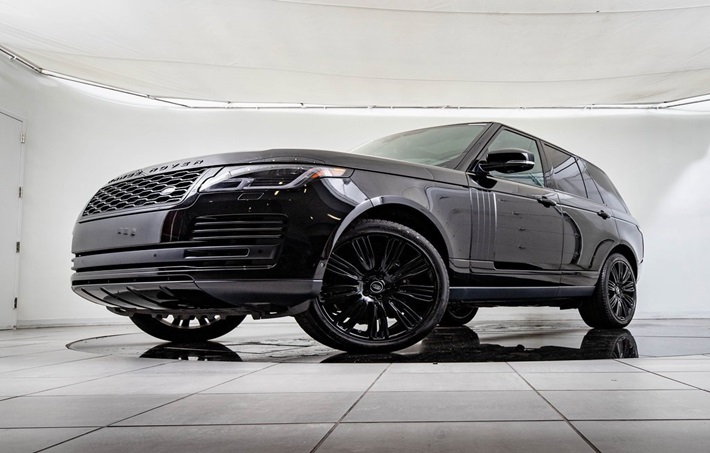There are two widely used types of brakes on modern cars – drum and disc. Why isn’t there only one of them left on the market? The Indy Auto Man mechanics offer an overview of the features, advantages, and disadvantages of each.
History of creation
Drum brakes were patented in France at the beginning of the twentieth century, more precisely in 1902. Moreover, their design has remained virtually unchanged after more than a hundred years.
But the most surprising thing is that disc brakes appeared in the UK a year earlier—in 1901. But all-wheel disc brakes first appeared on Jaguars only in the 1950s and on SUVs in the early 1970s. The first to produce SUVs with disc brakes was Range Rover, with an obvious claim to sportiness. Even the diesel Range was at one time the fastest SUV in the world.
It was the increased speeds that required designers to think first about the new type of brakes and then about their improvement and automation. And while drum brakes have lost popularity in modern vehicles, they are coming back. The reason is a new era of EV models, like Volkswagen’s new ID.3 & ID.4 crossover, where the motor does 90% of the braking.
Pros and cons
To understand the essence of disc and drum brakes, it is worth considering their advantages and disadvantages from the point of view of a modern SUV like the GMC Yukon, which has drum brakes at the rear wheels.
Contrary to popular belief, drums are not cheaper. That is, the material from which they are made is simpler, but more of it is needed. They are heavier, and when wet, they take a long time to dry, losing braking efficiency. They are difficult to remove dirt that has gotten inside and are generally more difficult to maintain. Drum brakes overheat faster due to poor heat dissipation, lining wear is often uneven, and separation often leads to wheel seizure. But drum brakes last much longer, even in sand and clay, because getting dirt inside the drums is just as difficult as getting it out. They don’t bother you if you drive into a puddle after a mountain road, and, in general, they are cheaper to own. An important indicator is that the contact area of the braking surfaces is large, while drums require significantly less free space in the wheel rim than a large brake disc and caliper.
Disc brakes benefit at high speeds. They dissipate heat better, working more stably in extreme conditions. And the braking process itself is more uniform. They are easier to control based on the imbalance of forces and easier to maintain and repair. They work well where much power is needed but don’t like moisture at low speeds, wear out quite quickly, and require high-quality components. On the first-generation Range Rover, in the Trophy conditions, the disc brake pads sometimes have to be changed three times during the race, but on slopes and rocky trials, they hold the heavy car like nailed down. They dry instantly after wading as soon as you lightly touch the pedal. At the same time, they have never been noted for beating, warping, or anything like that. Finally, they are lighter, the suspension is more comfortable and durable, and the car handles better. Disc brakes work more accurately with ABS, descent, and traction control systems. True, it is the traction control that kills the pads the fastest. The record for the Defender is 186 miles from new to bare metal. Clay ruts and salt marshes greatly contribute to this.
Which type is better?
Manufacturers have long considered and calculated everything, so the all-round disc brakes are the correct solution for high-speed crossovers. The best option for others is disc brakes at the front and drum brakes at the rear, providing endurance and reliability both on asphalt and off-road.
Of course, disc brakes are the future. After all, it is difficult to imagine silent and streamlined cars rushing along the glassy smooth surface of the highway and at the same time braking with squeaky drum brakes. But for now, on inexpensive used vehicles drum brakes on the rear axle require less care than disc ones, and the possible uneven operation is compensated by ABS.





